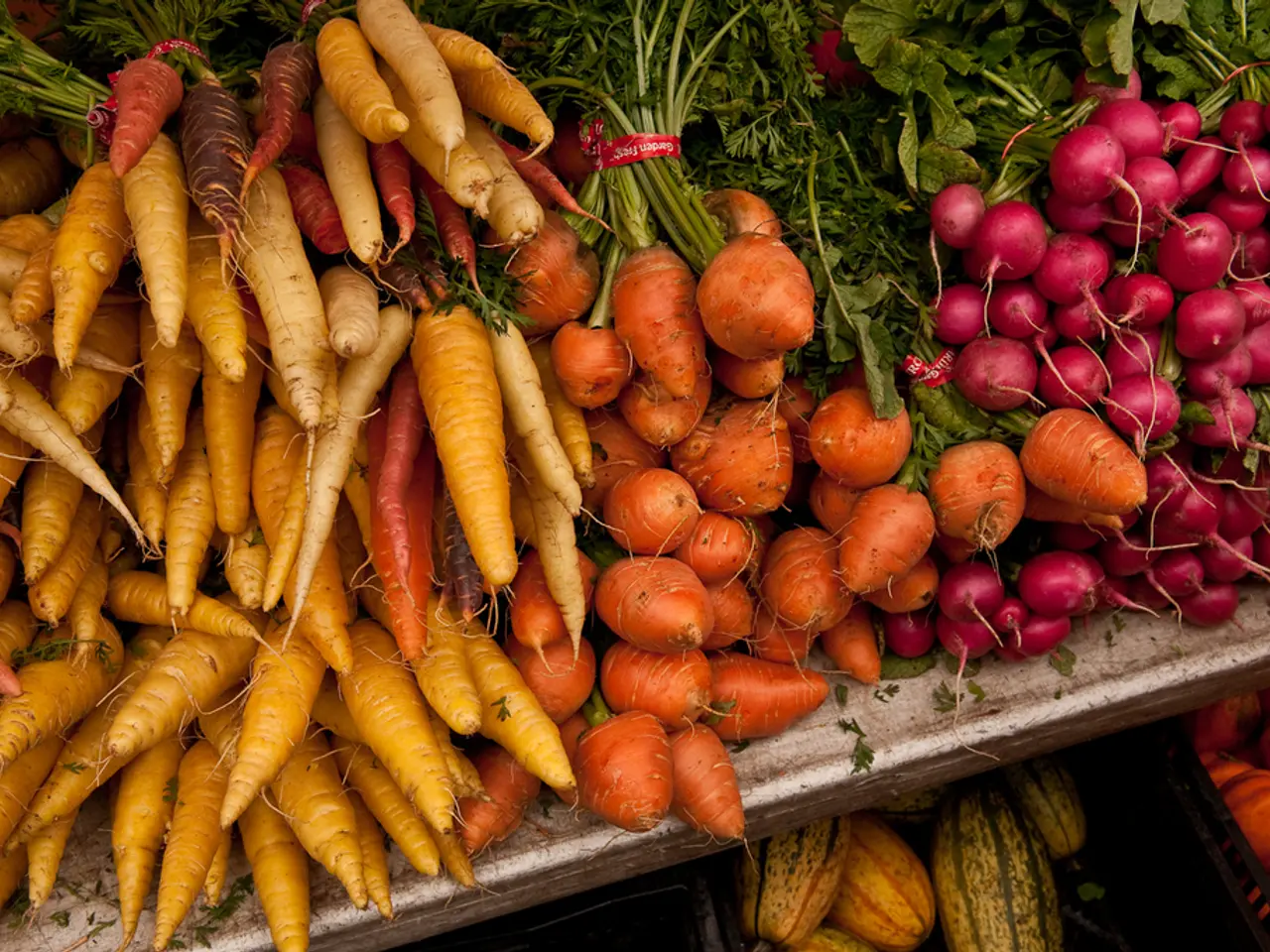Strategies for Cultivating Hydroponic Plants
Hydroponics, a soil-less gardening method, is rapidly gaining popularity due to its ability to accelerate plant growth, conserve water, and offer a controlled, efficient growing environment. Here, we delve into the different hydroponic systems and techniques that optimize plant growth.
The Variety of Hydroponic Systems
Six main types of hydroponic systems exist, each with its unique approach to delivering water and nutrients to the plant roots:
- Wick System: This system uses a passive wick to draw nutrient solution from a reservoir to the plants, making it simple but less efficient for large or high-demand plants.
- Deep Water Culture (DWC): In DWC, plants' roots are suspended directly in oxygenated, nutrient-rich water, providing constant hydration and nutrient access. Aeration ensures roots get enough oxygen to prevent root rot, supporting rapid growth, especially for leafy greens and herbs.
- Recirculating Deep Water Culture: Similar to DWC but with continuous circulation of nutrient solution, this system maintains consistent nutrient and oxygen levels, enhancing root health and growth rates.
- Nutrient Film Technique (NFT): In NFT, a thin film of nutrient solution continuously flows over the roots in a sloped channel, exposing roots to nutrients and oxygen and promoting faster growth.
- Ebb and Flow (Flood and Drain): This system periodically floods the root zone with nutrient solution then drains it, providing roots alternated exposure to nutrients and oxygen, preventing waterlogging and ensuring aeration.
- Aeroponics: In aeroponics, roots hang in the air and are misted directly with nutrient solution, maximizing oxygen exposure and nutrient absorption, resulting in very fast growth rates and reduced water use.
Optimization Techniques Across Systems
Modern hydroponics utilizes automated hydraulics (pumps, valves, sensors) to precisely control water, nutrient delivery, pH, and oxygen levels, tailoring conditions to plant needs and reducing resource waste. Continuous monitoring and adjustment of nutrient concentration, temperature, and oxygen ensure plants grow in optimal conditions year-round, improving yields and crop health. Hydroponics also reduces water consumption up to 90% compared to traditional soil farming by recirculating water efficiently and minimizing evaporation.
Essential Nutrients for Hydroponic Growth
In hydroponics, plants need essential nutrients like Nitrogen, Phosphorus, Potassium, Calcium, Magnesium, and Sulfur for healthy growth. Maintaining ideal nutrient concentrations is crucial, with Nitrogen ranging from 200-300 ppm, Phosphorus from 50-70 ppm, Potassium from 200-300 ppm, Calcium from 100-150 ppm, Magnesium from 30-50 ppm, and Sulfur from 10-20 ppm. Regular testing of nutrient solution, adjusting concentrations, and using clean, filtered water are essential for managing nutrient solution in hydroponic systems.
Light Requirements for Different Vegetables
Different vegetables have different light requirements for hydroponic growth. For instance, lettuce requires 12-16 hours of light daily, which can be provided by LED or fluorescent lights, while tomatoes and peppers need 14-18 hours with LED lights. Cucumbers require 12-16 hours under HID or LED lights.
Crop Cycle and Rotation
Crop cycling is important for maintaining a productive hydroponic system. Planning ahead with a schedule for planting and harvesting ensures a continuous supply of fresh produce. Rotating crops prevents diseases and balances nutrients, maintaining the system's productivity and health.
In summary, hydroponic systems optimize plant growth by improving nutrient delivery, oxygen availability, and water use efficiency, creating controlled environments that accelerate growth and increase yields compared to traditional soil-based agriculture. With its benefits such as faster growth, space-saving, less water usage, and no weeds or pests, hydroponics offers a promising solution for modern agriculture.
To ensure optimal vegetable growth in hydroponic systems, plants must be supplied with essential nutrients at ideal concentrations. For example, hydroponic lettuce requires Nitrogen ranging between 200-300 parts per million (ppm), while tomatoes and peppers need a balance of Nitrogen (200-300 ppm), Phosphorus (50-70 ppm), and Potassium (200-300 ppm). By utilizing modern hydroponic techniques that automate water, nutrient delivery, and lighting, a home-and-garden enthusiast or professional gardener can create a lifestyle that nurtures high-quality vegetables in an eco-friendly and space-saving manner, optimizing the overall quality and sustainability of their home-and-garden.





